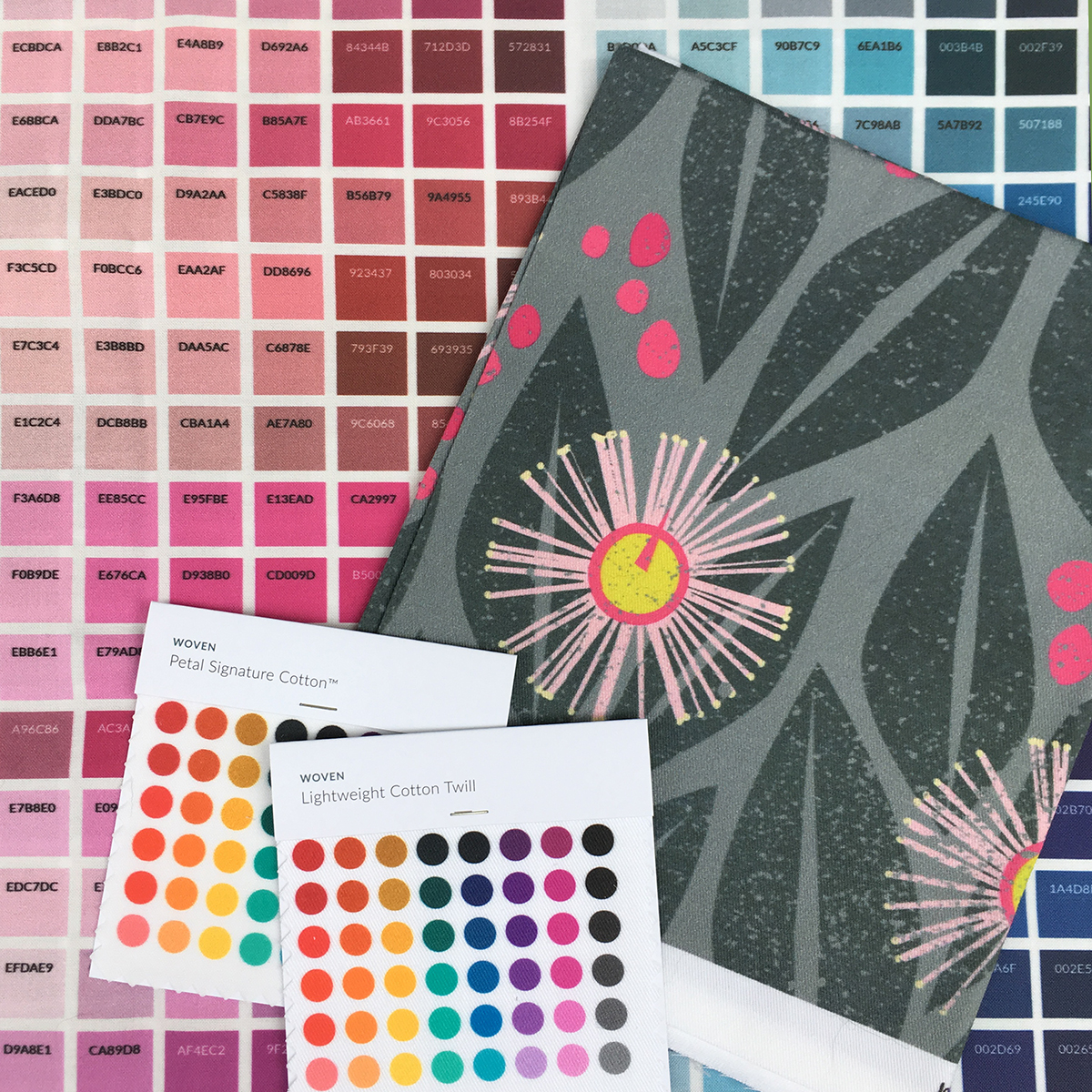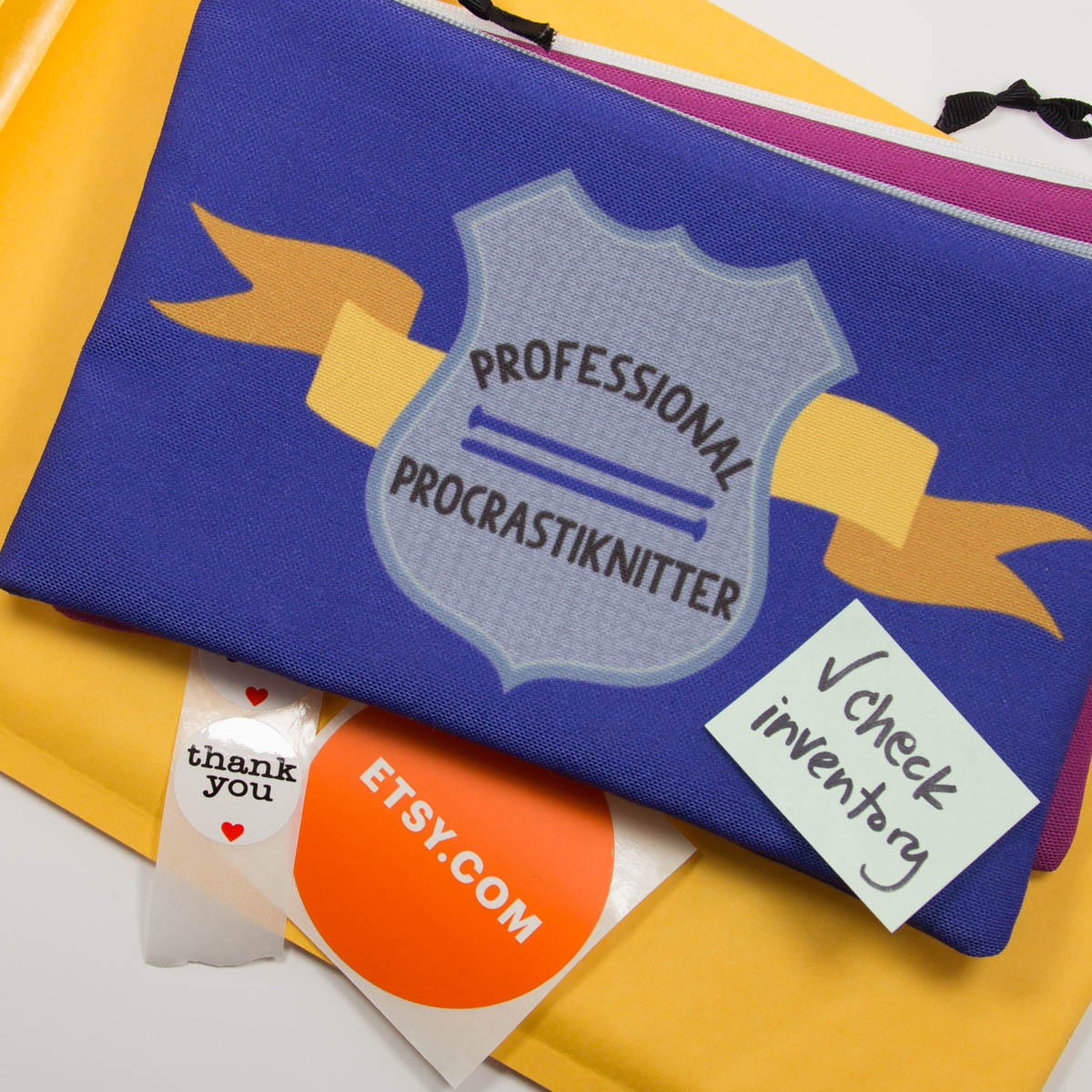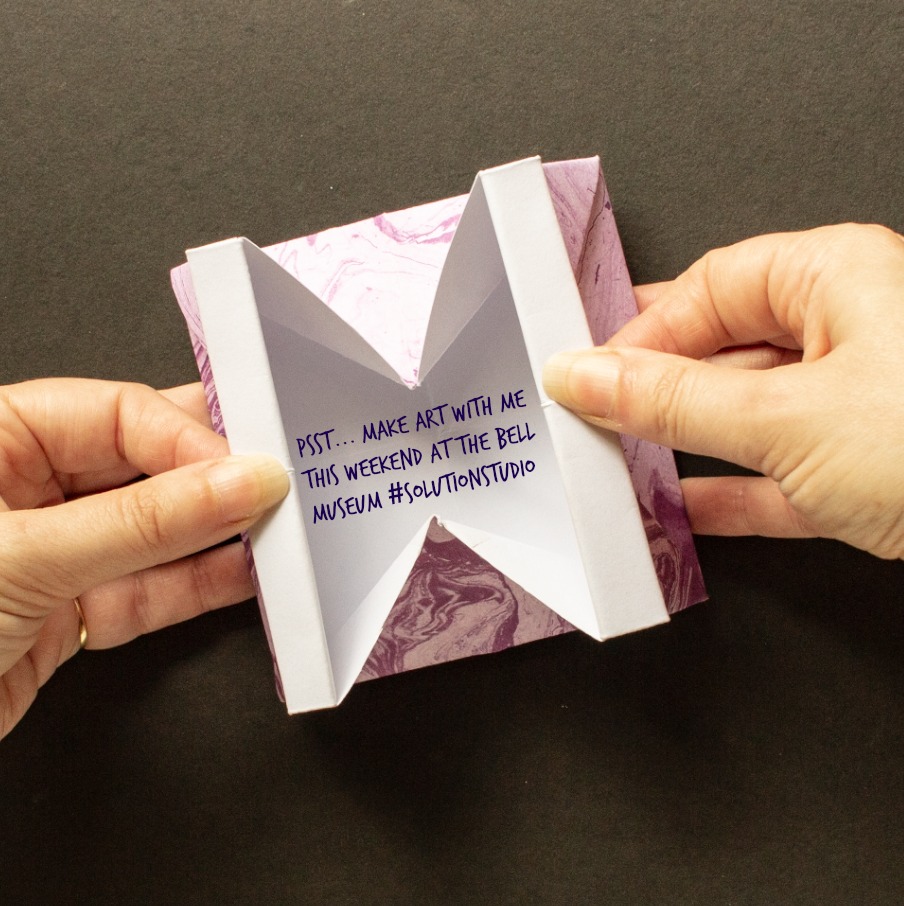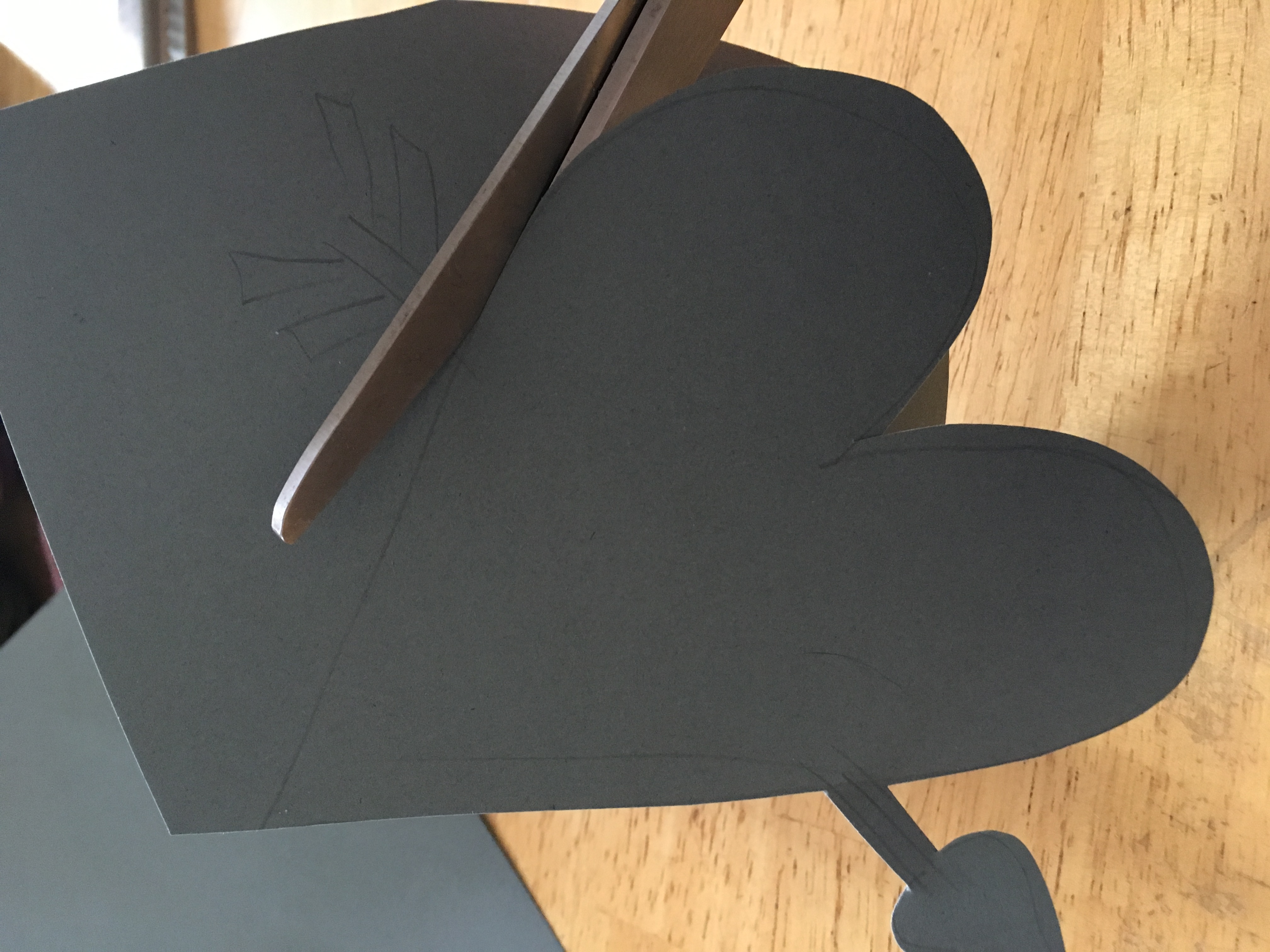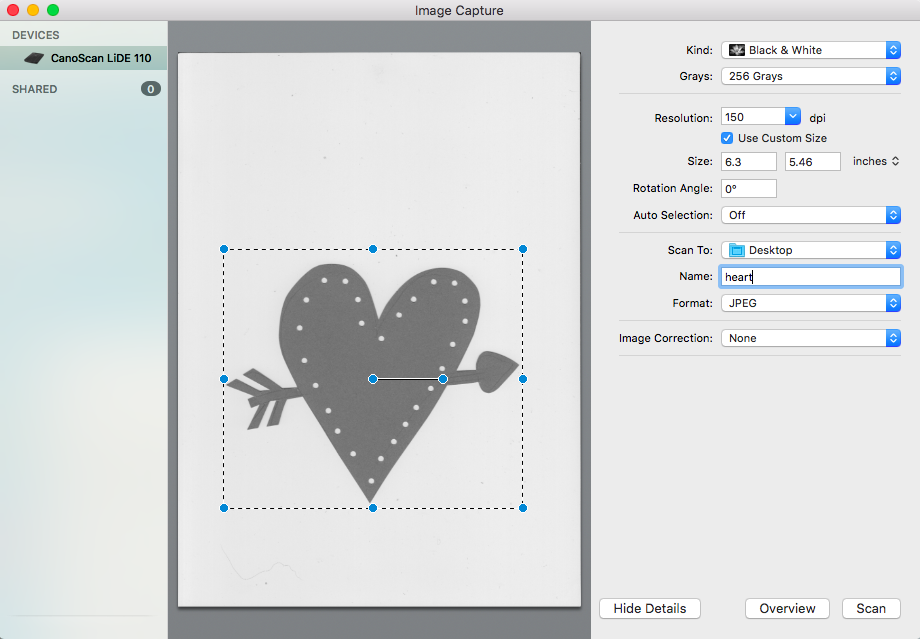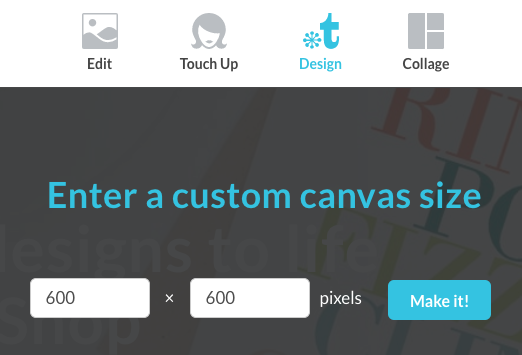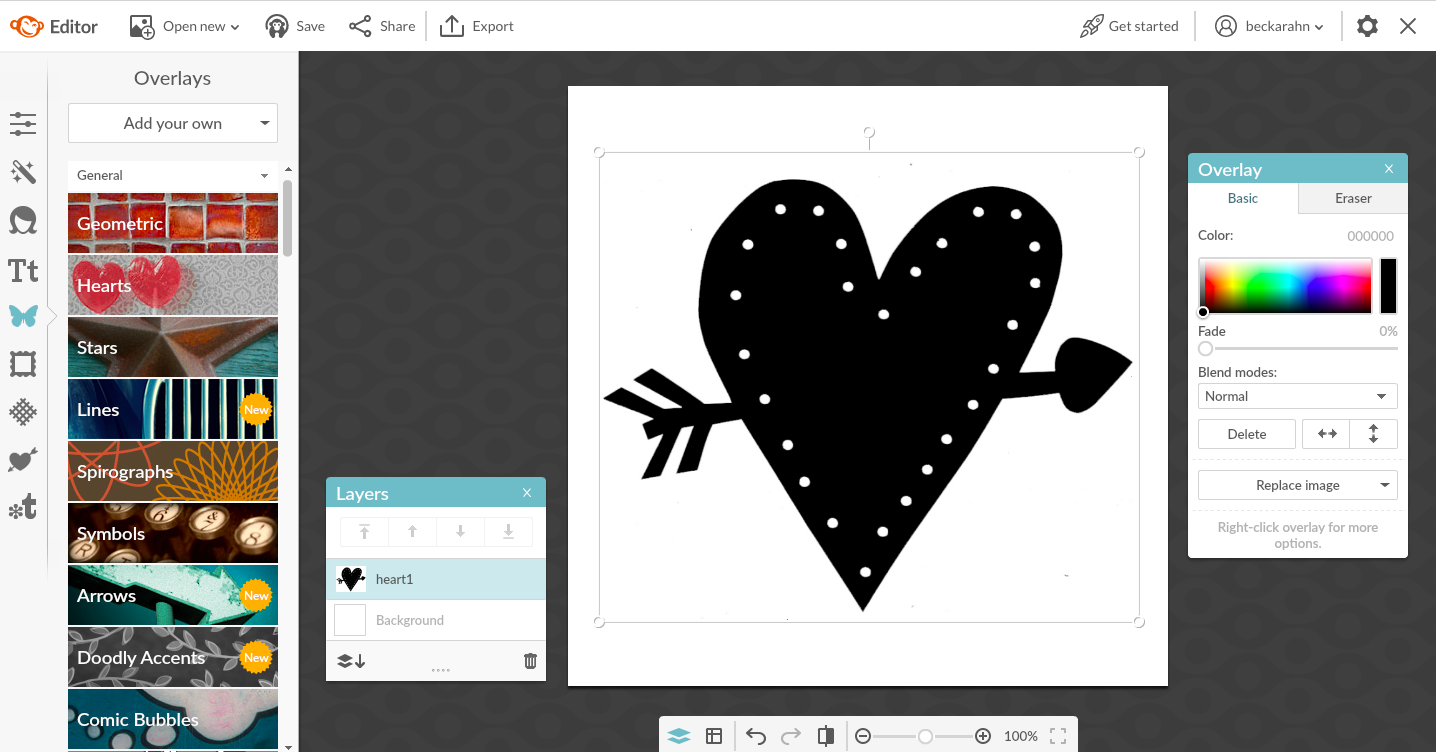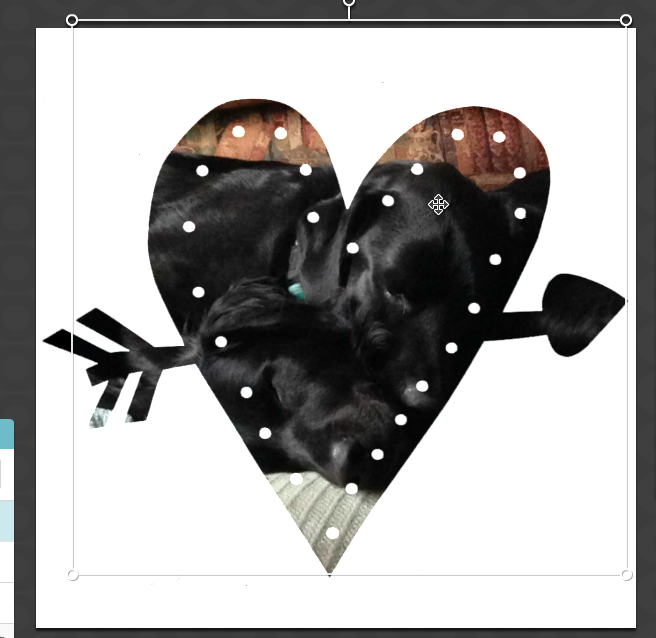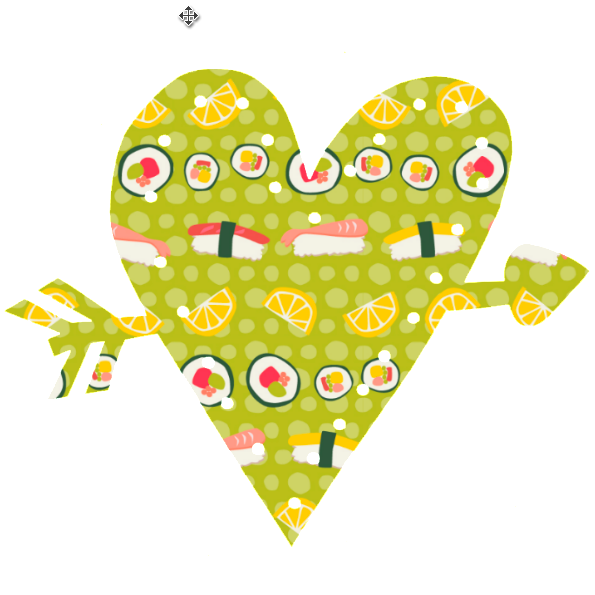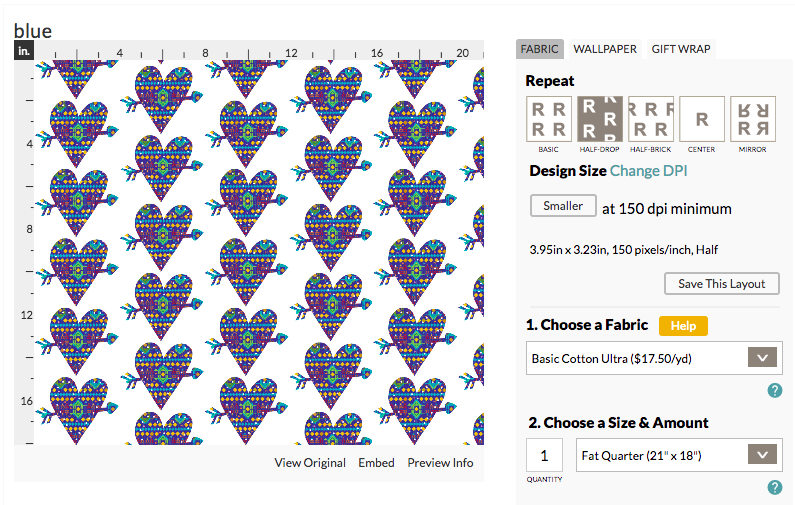This post is brought to you by me, or how affiliate links can make it harder for the rest of us
I got an email a few days ago asking me a question about a Spoonflower fabric. I get questions like this on a semi-regular basis with someone wanting a recommendation for a project they are working on. I am happy to chime in with my experience; I’ve used most of the fabrics for one project or another. My site is covered with Spoonflower fabric in use. But as I was writing the email answer, I thought to myself, “didn’t I already write a blog post that answered this?” It felt like deja vu. I checked and it turns out I hadn’t, but my first instinct was to just look up that post and send the person a link to it. After all, if I wrote up a post it’s probably more in depth, more detailed, more thoughtful than what I would answer writing you an email in response.
But, I was talking with another colleague and apparently there is a kerfluffle in the craft/knitting/sewing online community because a teacher responded to a question just like I was going to do: “here’s a link to a video on my website where I answer that question.” Only the problem is that the person asking didn’t like that response and accused the teacher of just being self-promotional. Apparently a personal email in response to a question would have been fine, but a link to a video answering the same question wasn’t. Wow.
This made me think about an Instagram account that I unfollowed just a couple of days ago. The person was demonstrating some kind of a tool in a video post. It was something about quilting, which isn’t really my thing, so I didn’t pay a lot of attention to the post. But there were lots of comments asking about a tool that they used. It was the follow up video to that which really caught my attention. In that follow up post, the IG Influencer basically went on a rant about how they weren’t going to answer the questions about the tool and they weren’t going to provide a link so everyone should just stop asking. The reason? They stated they get paid for doing promotional posts and this tool creator didn’t pay them to do a post and they don’t work for free. I found that so distasteful that I unfollowed right then.
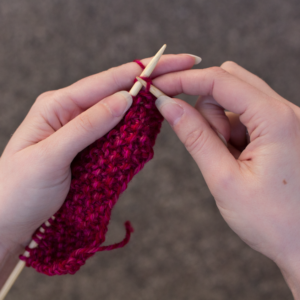
So don’t get me wrong, I believe people should be paid for their work. This especially goes for artists and makers. But the Influencer culture has started to creep into what I do; that idea of being paid to make recommendations for things.
I teach about things which require some technology. It’s not like knitting where I can grab any set of needles made by anyone (or even some chopsticks) and show you how to do a cast on. I have to pick an app or a software and show you how to use it in order for you to learn how to make a repeating pattern or extract a HEX code. I can’t know every app on the planet, so I am going to pick one I know and I like working with it. I can teach you a class on how to sell your work online in big general ideas, but the class people really want is the one about how you understand advertising in Etsy; a very specific thing that they need help with. I can’t teach you anything about that without talking about Etsy. And in some ways that can start to feel a little bit like an infomercial.
So here’s where it starts to get sticky: when is a recommendation really a recommendation?
It’s hard to tell anymore.
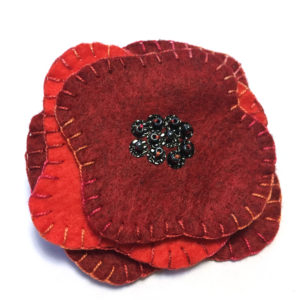
I taught two classes recently. One was a technology related class where I showed a bunch of different kinds of apps and software. I talked about how I know some of the app developers because I have been a beta tester for them for a lot of years. Why do I volunteer to be a tester? Because I like the tool and how it works and I’m married to a guy who writes software for a living. We know lots of people who write software and apps. I like to help make this app better because I use it all the time and I know how important those beta users are. But I got some feedback after the class that it felt like I was promoting my friend’s stuff. In the another class, it was more hands-on and everyone got a packet of materials for the project. I let everyone know the specifics about where I got those materials and what they were working with. I always buy materials for classes from small businesses if I can possibly do it. That means I’m not buying in bulk from a big box craft store, but I’m getting everything from Etsy shops (or locally). And I know some of those sellers a little bit because I order from them often. And I order from them often because I think their shops are awesome and carry quality stuff which gets to me fast, which I can’t always say about those big box stores. I love being able to use my business and art practice to help support other artists. That’s really important to me.
 But then I started to second guess myself. Would people think I was only recommending these shops/apps because I get a discount or a kickback? (Spoiler: I don’t.) Another teaching colleague mentioned a Facebook group that she belongs to that only allows you to post a recommendation for something if you don’t know the person you are recommending. So you can’t recommend your own video that answers a question and you can’t recommend one by someone you know. What’s left? Recommending something you randomly found on Google? That doesn’t seem super helpful. (And why do I want to spend my time Googling answers for someone else? Sheesh!)
But then I started to second guess myself. Would people think I was only recommending these shops/apps because I get a discount or a kickback? (Spoiler: I don’t.) Another teaching colleague mentioned a Facebook group that she belongs to that only allows you to post a recommendation for something if you don’t know the person you are recommending. So you can’t recommend your own video that answers a question and you can’t recommend one by someone you know. What’s left? Recommending something you randomly found on Google? That doesn’t seem super helpful. (And why do I want to spend my time Googling answers for someone else? Sheesh!)
So I thought about it. And I talked to some colleagues. And I decided that the person who thought I was a little too infomercial-like had a point. Because how would anyone know that I’m not a paid Influencer if I don’t say so? So many things we see online are so artificial. You can Photoshop anyone into any scene; you can mock up 100 different virtual products with your design on them; you can add virtual eye makeup to your Instagram videos. We all should look at things with a healthy dose of skepticism, right?
It made me think about the language I use when I talk about the things that I love and how important it is to be transparent. I need to talk about why I choose to use the tools I use when I am teaching about them if I want people to understand that I am not just showing you this because I get a little kickback when you click it. There is absolutely nothing wrong with being an Influencer and having your business rely on affiliate links and ad income, but it’s not what I do. And I realized that it was important to me to say that.
So I decided to write this post and say that I don’t use affiliate links or ads or cookies and I added that to the blog footer. I don’t get any discounts, kickbacks, credits, promos, royalties, freebies, or commissions for any of the services or apps I teach about or recommend. I teach about Spoonflower and Etsy (and lots of other things) because I like what they do and I have a lot of experience with those platforms that I like to share with others. I am a teacher; that’s what I do. I absolutely recommend shops and apps and things made by people I know because that’s probably why I know them. I had a great experience and came back. I believe in community, whether it’s a tiny online community or a big real-life one. It’s why I’ve served on Boards of Directors and grant evaluation panels and why I participate in pilot programs and beta tests because it’s important that someone does that work to help make the community thrive.


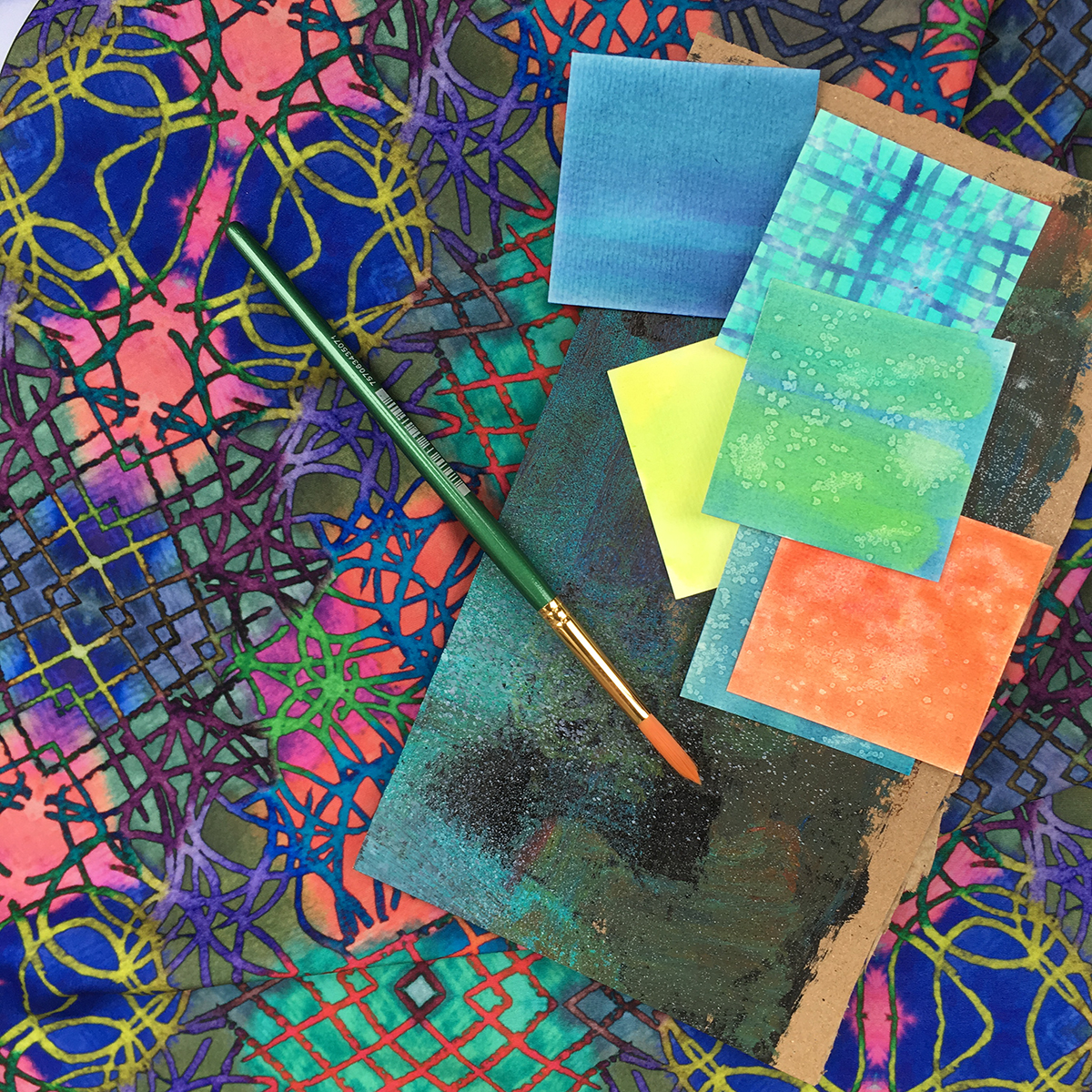

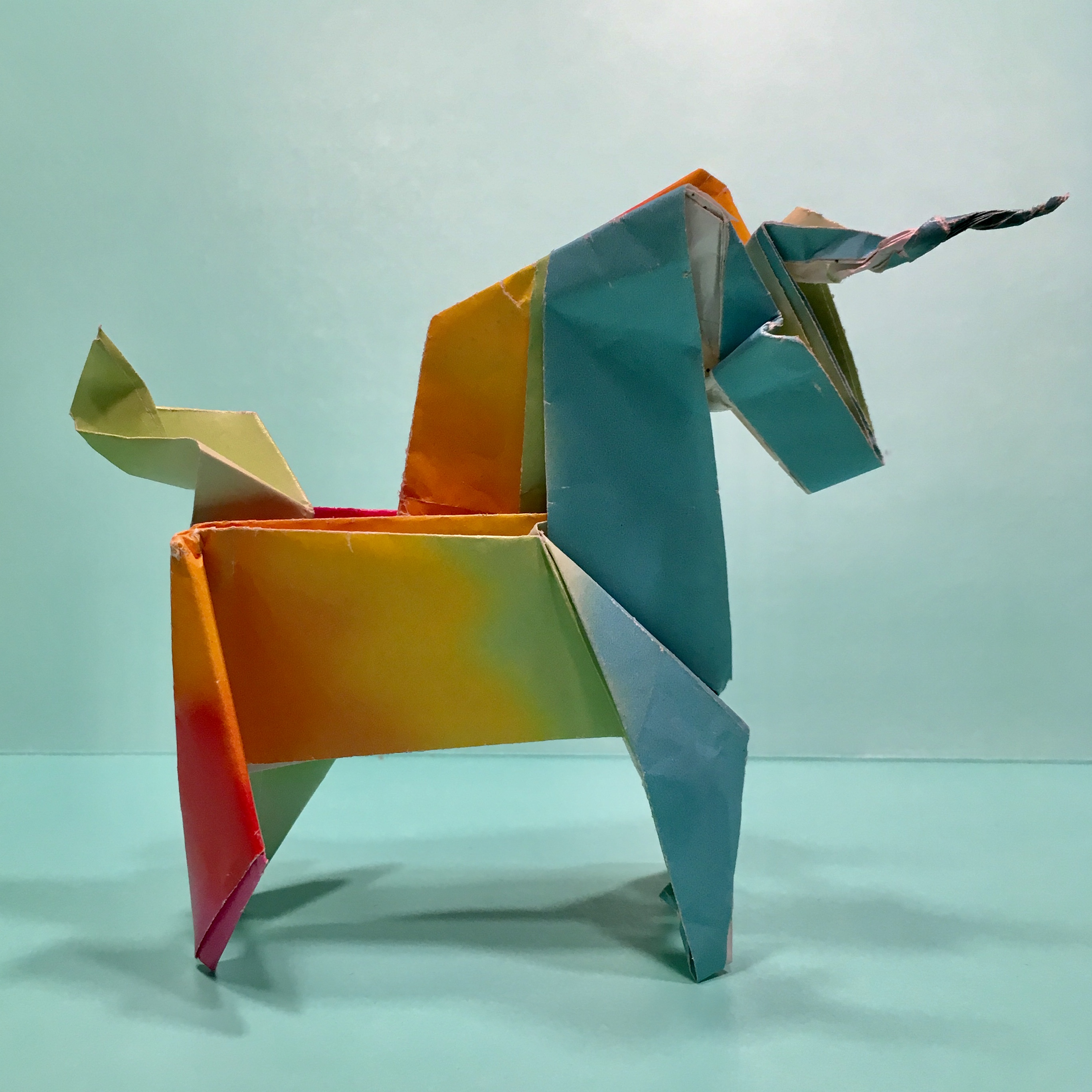 Taking a class is a leap of faith. You go in with an expectation and anticipation, and you trust that you will get that thing or idea or concept to take away at the end. Teaching is also a leap of faith; trusting the students to come along with you for the ride. And for these classes that I just wrote and redesigned, I am taking a leap of faith with my students too. I tried to think outside of the box on these a little bit and think more about what would make them great classes and less about what would make them “quick and easy”.
Taking a class is a leap of faith. You go in with an expectation and anticipation, and you trust that you will get that thing or idea or concept to take away at the end. Teaching is also a leap of faith; trusting the students to come along with you for the ride. And for these classes that I just wrote and redesigned, I am taking a leap of faith with my students too. I tried to think outside of the box on these a little bit and think more about what would make them great classes and less about what would make them “quick and easy”.